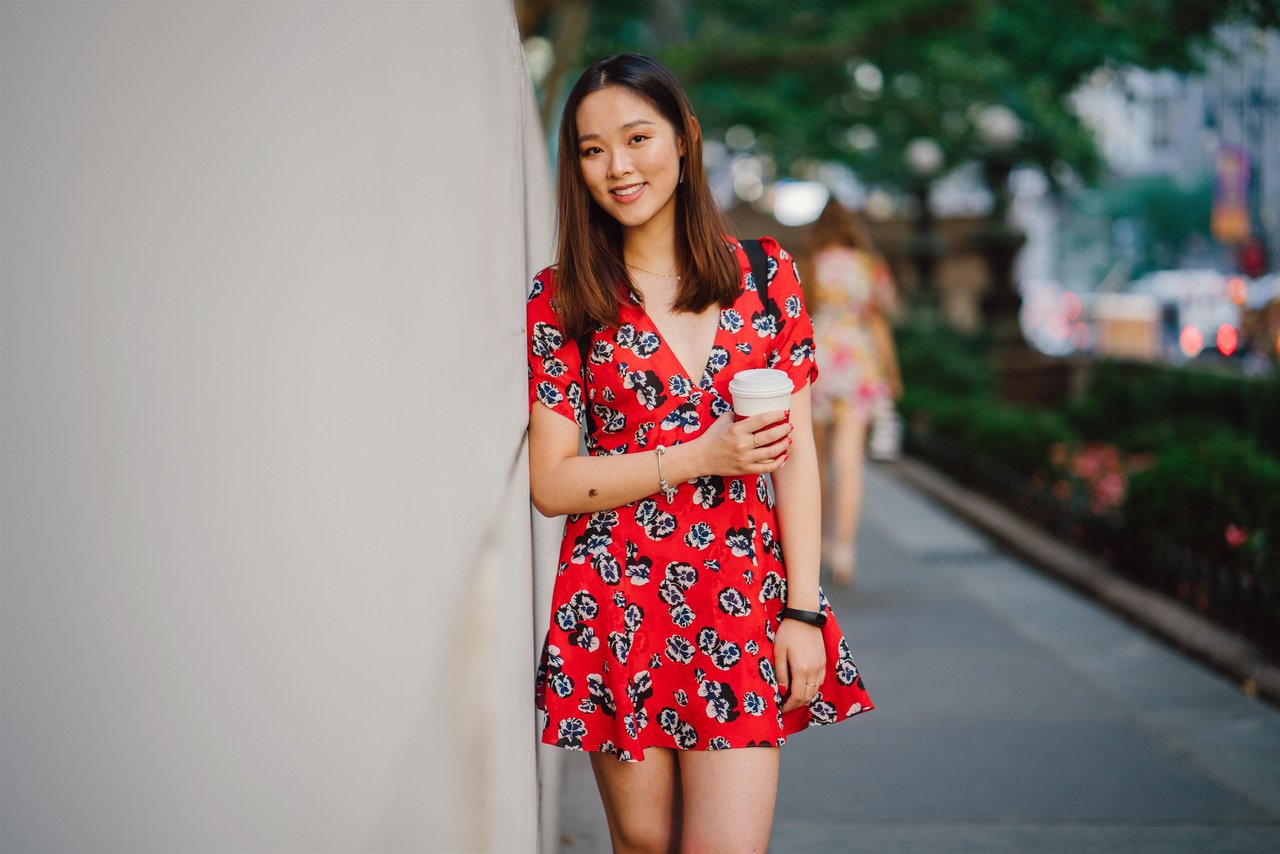Understanding Black Queer History: Intersectionality and Cultural Impact
Diving into Black queer history means acknowledging those who stood at the crossing of multiple struggles and still demanded visibility. Black LGBTQ trailblazers have always powered shifts in how we see identity and justice. Their impact echoes through both the LGBTQ rights movement and wider Black liberation efforts, changing what’s possible—for everyone.
Not everything is simple or straightforward. Intersectionality isn’t just a word; it’s a reality Black queer icons have lived every day. This means they’ve faced unique challenges—racism within LGBTQ spaces and homophobia within Black spaces—yet still managed to move mountains when it came to historic milestones and setting the tone for cultural impact.
Take a step back and look at the big picture: these foundations matter. Each person lifting their voice or putting their body on the line has shaped the way futures are written, not just for queer or Black folks, but for anyone craving justice. When you wonder where real progress started, remember the stories the history books forget. These trailblazers are the ones whose courage set the wheels of change in motion, even if all they got in return was a footnote—at first.
But as the conversation grows, so does the recognition of their foundational role. Black queer history is the silent engine behind so many victories. It’s time their contributions and sacrifices got the credit they deserve. The feeling that lingers: gratitude, and a call to keep fighting forward.
Notable Black LGBTQ Figures Leading Change and Representation
The names and stories of notable Black LGBTQ figures can be life preservers for those who feel adrift. These individuals shape social justice not just by breaking barriers, but by proving—again and again—that authenticity is rebellion in places that push for silence. When young people search for LGBTQ role models, representation isn’t a luxury. It’s survival. Seeing someone like you in the world can alter your sense of what’s even possible.
For every famous activist, there are countless more using their voice, their art, and their existence to send quiet signals: You belong. You matter. Think of people like Laverne Cox, blazing a trail in media. Or Miss Major Griffin-Gracy, who created safer spaces for trans women of color. Draw a line from them to every person sitting alone, thinking they’re invisible—each story is a lifeline.
It's not about idols—they’re actual people who fought for a spot in the sun, knowing it might cost everything. They inspire not just Black queer kids, but anyone searching for hope in hostile territory. Current and future activism depend on these blueprints: the courage to make noise and the wisdom to survive. These figures spark ongoing change, opening doors for others to walk through.
Real progress is measured by visibility and voice—in art, in protest, in everyday life. The moral is simple: Notable Black LGBTQ figures don’t just represent, they teach. Their presence turns isolation into community. That’s a change nobody can unmake.
The Role of Black LGBTQ Activists in Shaping LGBTQ Civil Rights
Stepping into the territory of LGBTQ civil rights, the footprints of Black LGBTQ activists are everywhere—though too often erased or smudged. Every turning point, big or small, carries the fingerprints of people who risked it all for a better tomorrow. Think Stonewall, often romanticized as the beginning of everything; it was Black queer leaders like Marsha P. Johnson who set the riot in motion, knowing the risks, refusing to step aside.
Throughout the broader civil rights movement, the push for Black liberation and LGBTQ rights often intertwined, even when that connection was ignored by mainstream media. Black LGBTQ voices have continually expanded what justice means. They’ve driven legislative victories, built support structures from scratch, and held the moral line when others hesitated. Victories like the decriminalization of same-sex relationships, work against police brutality, and the ongoing fight against discriminatory laws—all echo the work of Black LGBTQ activists.
The changes achieved weren’t just political. They fundamentally changed how people see themselves and each other. “Nothing about us without us” became more than a slogan—it was reality. Today’s activism still uses the blueprints created by those who came before. Their struggles remind us that progress demands both the loud protest and the quiet persistence.
Looking at these key turning points, you start to see the chain reaction: Each win is a step up a staircase built by those who refused to be left behind. Their activism is the bridge between then and now—solid, tested, and all the stronger for its scars.
How Black LGBTQ Americans Reshaped Communities and Leadership
Black LGBTQ Americans haven’t just contributed—they’ve carved out whole new platforms for progress, often in spaces that shut them out. Their stories get skipped over because they don’t fit an easy narrative, but intersectionality means every win came at the cost of double and triple barriers. Still, they kept showing up, organizing, leading, and pushing for change nobody else would touch.
The rise of community organizing spearheaded by Black LGBTQ Americans built support networks where none existed before, showing the world what representation really looks like. They fought for visible and invisible victories, leading local campaigns for inclusive schools, workplace rights, and safe housing. Their stories reveal what it looks like to survive and thrive in a society that tells you you shouldn’t even exist.
But why were their contributions overlooked? For a long time, mainstream culture chose the easier story—the sanitized version. Only recently have these overlooked heroes begun to get the respect they’ve earned. Their activism becomes the lantern in dark tunnels: whether it’s launching advocacy groups or stepping up in community crises, these leaders prove that representation is more than a slogan—it’s a promise.
The ongoing impact of Black LGBTQ Americans is true leadership in action, turning rejection into resilience and forging paths for those who come next. Their presence is both a warning to the status quo and a lifeline for the marginalized.


